Albatross – Master of the Long Flight
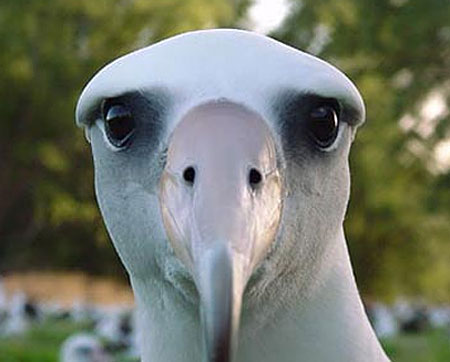
There are a number of albatross species – between 13 and 24, depending on the criteria for differentiation. Their natural habitat includes the Southern Ocean and North Pacific, and they are mostly absent from the North Atlantic. The species with the largest wingspan of all birds, is the Wandering Albatross, with a wingspan of around 11 feet (3.3 m) and weight of 18 pounds (just over 8 kg).

Long Flights
Albatrosses are specially adapted for long flight and surviving over the ocean. Their wings can lock into an extended position, allowing them to glide on thermal currents and wind, for very long periods of time, without much effort. Typically, they can cover in excess of 500 miles (800 km) in a day. One foraging flight can involve traveling between 1,800 miles and 9,300 miles (between 2,900 km and 15,000 km).
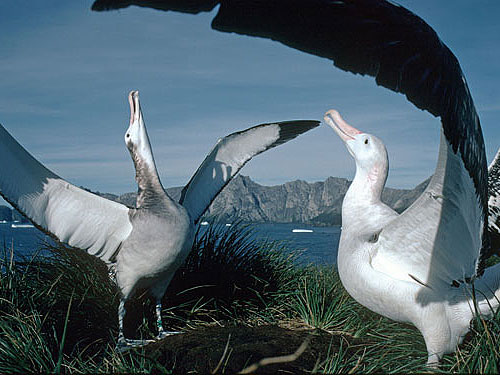
These long distances are made possible by the albatross being so well adapted to gliding. Gliding requires little physical effort, in fact the the heart rate of a gliding albatross is very close to that of a resting albatross. Most of their energy is used up when landing and taking off, and when hunting for food. They rely on a combination of slope soaring and dynamic soaring for most of their flying.
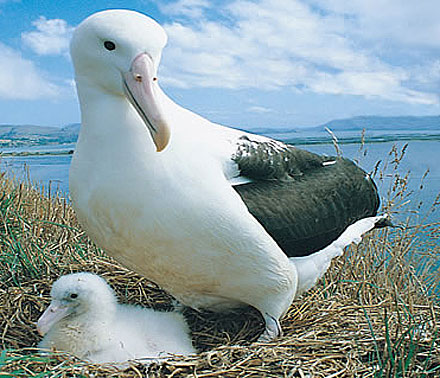
Their wing muscles are too weak for normal flapping flight, and if the wind conditions are not favorable for take-off, they resort to plan b and will float on the ocean surface until the wind is favorable.
Albatrosses survive their long time at sea by drinking seawater. Due to the high salt content of seawater, they have a special system to get rid of the excess salt. They have large nasal glands on the base of their bills, which extracts a 5% saline solution, which in turn drips from their noses.
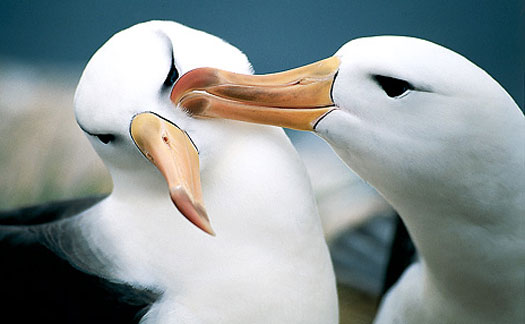
The Wandering Albatross
The Wandering Albatross is found in a huge region: all across the Southern Ocean. Its diet consists mainly of fish and squid. It is capable of diving to a depth of 1m (3.28 feet) to catch prey. Much of what it eats is already dead, or scavenged leftovers. Like other albatrosses, it is a colonial bird and returns to the same colony for reproductive purposes. The eggs take 80 to 90 days to incubate.
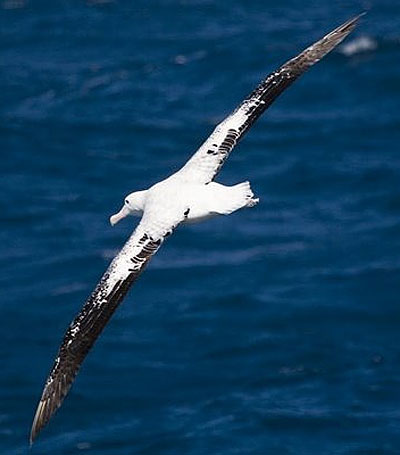
The first year of an albatross’s life is the most dangerous. After that, with their adult strength built up, they can can live for as long as 80 years. Their biggest threat is being caught up in fishing nets, and from artificially introduced species living around their colonies, such as feral cats and mice.
